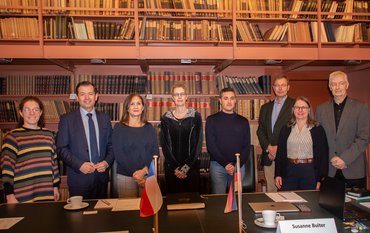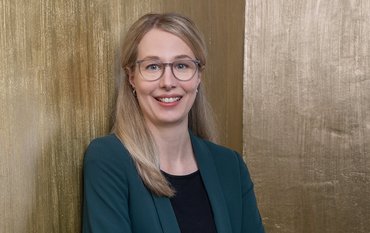The oldest animals appear in the fossil record among Ediacara biota about 570-550 million years ago. These organisms may help us understand how the modern animals, and eventually humans, came to exist. Most of the Ediacaran creatures were large, sometimes very large, up to 1.5 m long, with a complex architecture, and looked totally alien. While we are quite confident that most of them were animals of some sort, we are not exactly sure what sort of animals they were: from how they look, we cannot recognize them as direct ancestors of any creatures that live today. Hidden among these strange giants, we sometimes find animals that may look familiar. For example, Kimberella strongly resembles a sea slug, albeit one that for some reason crawls backwards. There are also remains of tube worms, such as Sabellidites and Calyptrina, which look as if some tube worms never changed in the 550 million years of evolution.
How did these animals come to evolve, and how similar were they to animals that live today? What did they do, how and what did they eat? The last question may be especially important as nutrition could be the main limiting factor in the early animal evolution: bacteria simply cannot sustain animals, which need algae or other complex organisms in their diet.
We use a nonconventional way to study the remains of these oldest animals. Instead of examining how they look, we found a way to analyse what is left from the molecules that constructed their bodies, called biomarkers. We mainly focus on the fossilized fat, the remains of cholesterol and similar molecules. Previously, we have used this technique to confirm that the alien-looking Ediacaran creature called Dickinsonia was indeed one of our animal ancestors.
In the new study, we were able to distinguish the molecular signature of the last meal preserved within the guts of the slug-like Kimberella and the tube worm Calyptrina. Whereas Kimberella was scraping the microbial mats that covered the ancient seafloor, and Calyptrina was catching what floated in sea water, both animals shared a mixed diet of green algae and bacteria. Despite their ancient age, their sterol metabolism and the way they digested food was already comparable to extant sea animals. In contrast, we determined that Dickinsonia did not have a gut at all and used some other feeding mechanism, possibly external digestion, analogous to extant Placozoa or sea stars.
Overall, lipid biomarkers uncover a range of feeding strategies in Ediacaran communities, highlighting true animal physiology of some Ediacaran creatures. However strange these organisms looked, it seems that the roots of the animal lineage are to be found yet deeper in time.
Original study: Bobrovskiy, Ilya & Nagovitsyn, Aleksey & Hope, Janet & Luzhnaya, Ekaterina & Brocks, Jochen. (2022). Guts, gut contents, and feeding strategies of Ediacaran animals. Current biology: CB. 10.1016/j.cub.2022.10.051.
Note: The lead author of the study is currently a reseacher at the GFZ, but conducted this study as part of his work at the Australian National University.
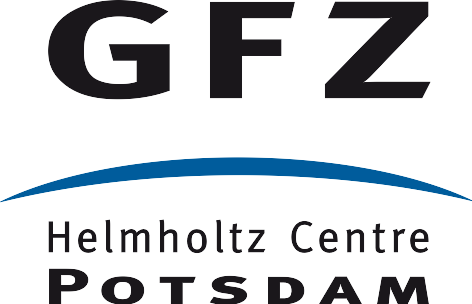

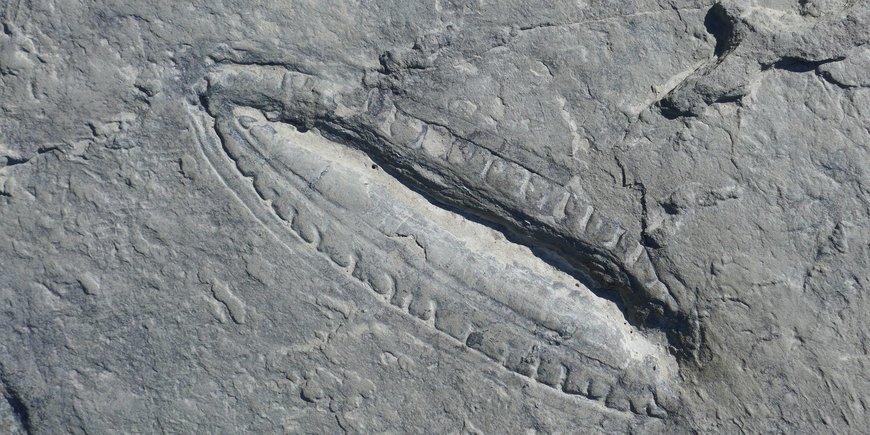
![[Translate to English:] Abdruck (linienartig) von einem rundlichen Tier (Dicksonia) in Sandstein](/fileadmin/_processed_/3/1/csm_Dickinsonia_from_South_Australia_Ilya_Bobrovskiy_7ca0dc9467.jpeg)
![[Translate to English:] Coast](/fileadmin/_processed_/0/5/csm_Untersuchungsort_S%C3%BCdautrlaien_925673eb75.jpeg)
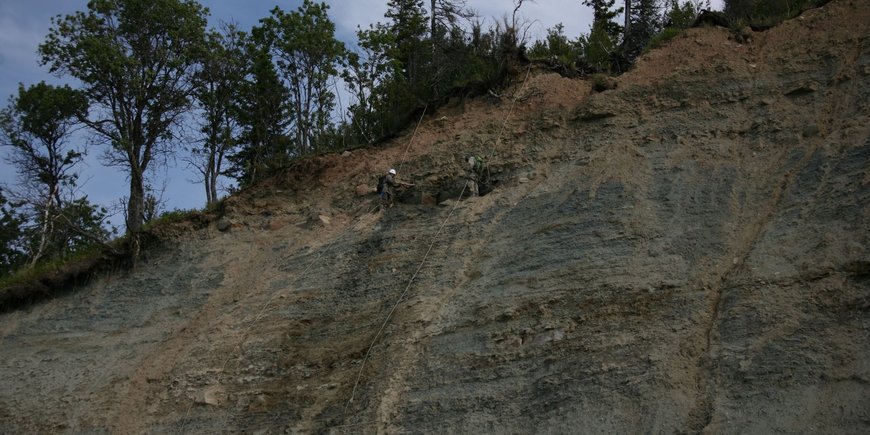
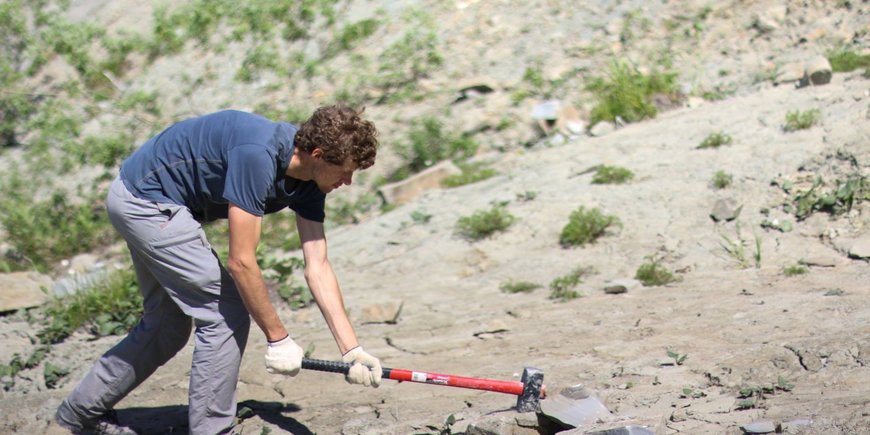
![[Translate to English:] Ilya working in a lab, sitting on a table with protective glasses on](/fileadmin/_processed_/f/c/csm_Dickinsonia_Research_School_of_Earth_Sciences_Canberra_aaacb90e2c.jpeg)


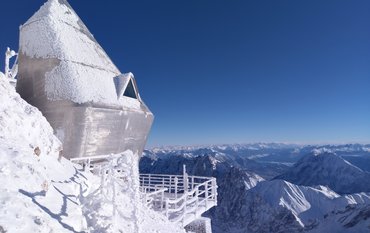
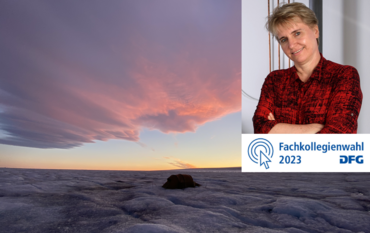
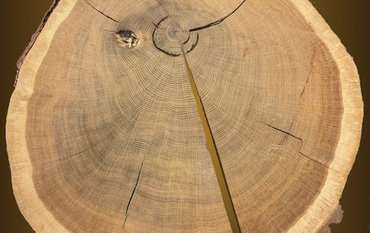
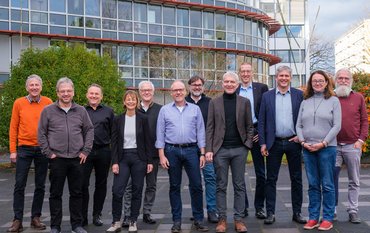
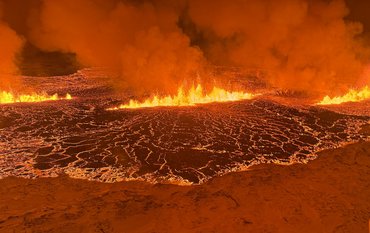
![[Translate to English:] Torsten Sachs in front of a climate station on a field](/fileadmin/_processed_/3/9/csm__TorstenSachs_bearbeitet_GS_4a1365ef84.jpeg)
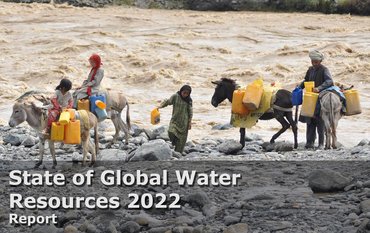
![[Translate to English:] left image flood at the Ahrtal: image from above, several houses are flooded; left image:: Heidi Kreibich;](/fileadmin/_processed_/4/4/csm_Bild2_9af0130e9f.png)
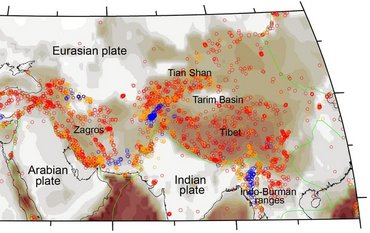
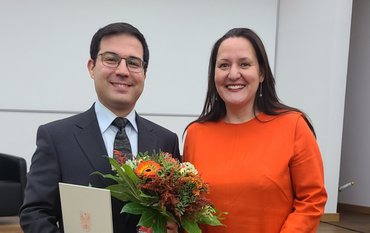
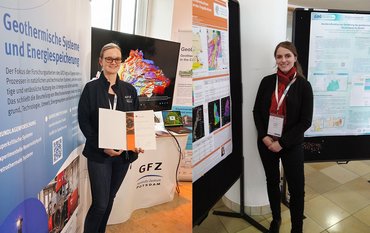
![[Translate to English:] Start der Vega Rakete](/fileadmin/_processed_/6/4/csm_20231201-kachel_Vega-VV23-launch_ESA-CNES-Arianespace_706716b68c.jpeg)
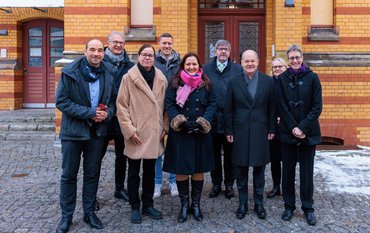
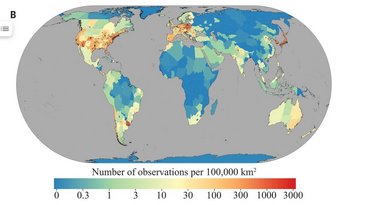
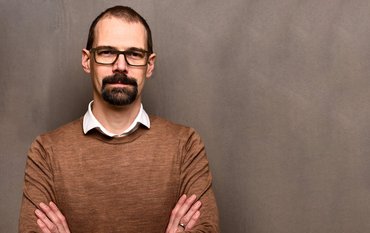
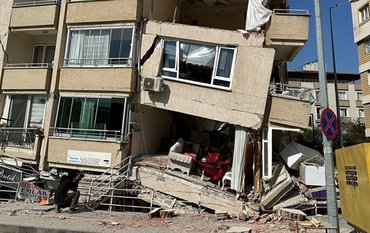
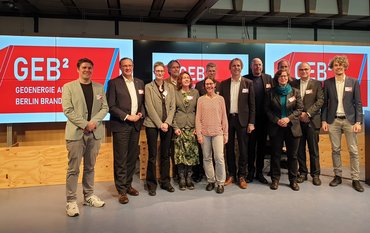
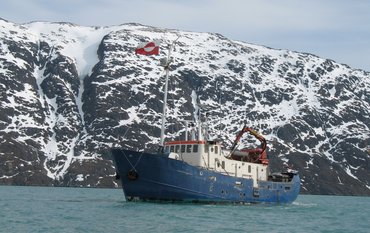
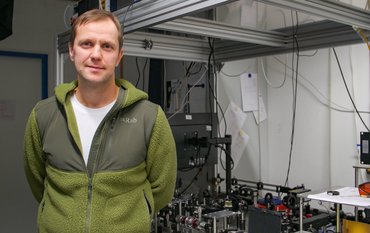
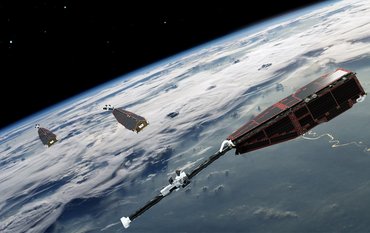
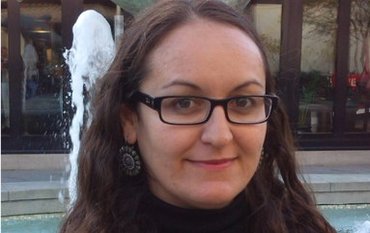
![[Translate to English:] Poster exhibition at the Brandenburg Hydrogen Day at the GFZ, some participants in the foreground](/fileadmin/_processed_/6/5/csm_Erster_Brandenburgischer_Wasserstofftag_GFZ_402fcec95e.jpeg)
![[Translate to English:] Group picture of the participants](/fileadmin/_processed_/9/4/csm_20231108_CAWa-Workshop-Tashkent_Gruppenbild_99ea779d8a.jpeg)
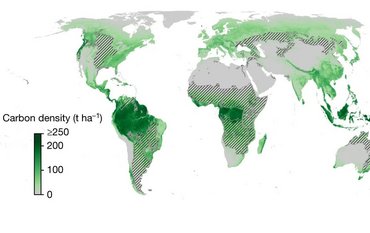
![[Translate to English:] [Translate to English:] Hörsaal](/fileadmin/_processed_/e/6/csm_H%C3%B6rsal_e21ac645fb.jpeg)
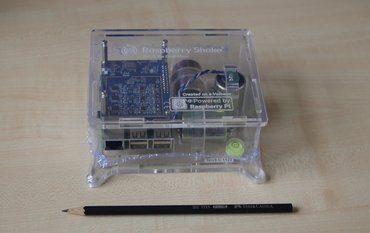
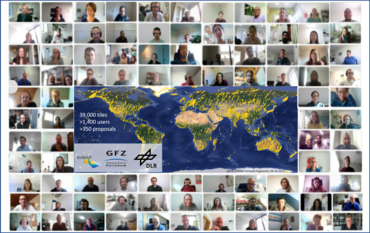
![[Translate to English:] The Delegations in the Historic Library on the Telegrafenberg. In the back there are from left to right, the Dutch Ambassador for Germany, Ronald van Roeden, the Dutch Minister for Education, Culture and Science, Robbert Dijkgraaf and the scientific director of the GFZ, Susanne Buiter.](/fileadmin/_processed_/d/b/csm_Kachel-2_9eba4b4212.jpeg)
